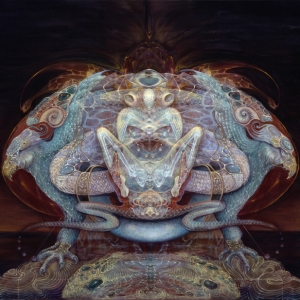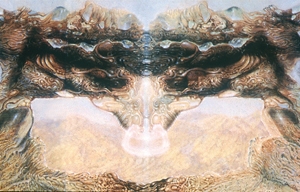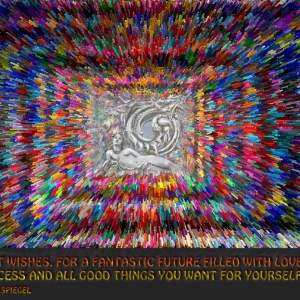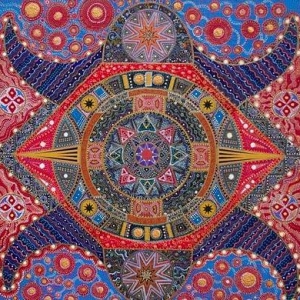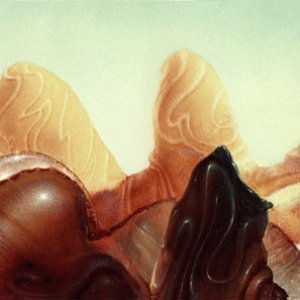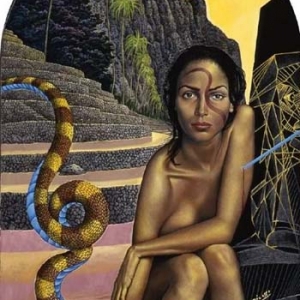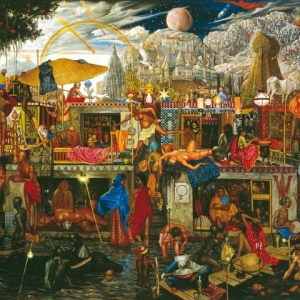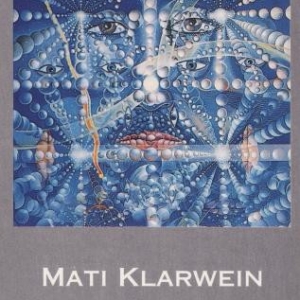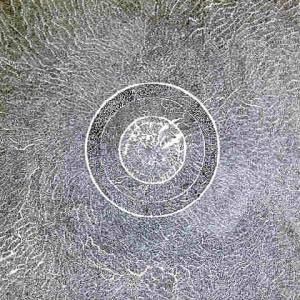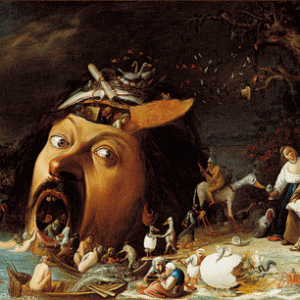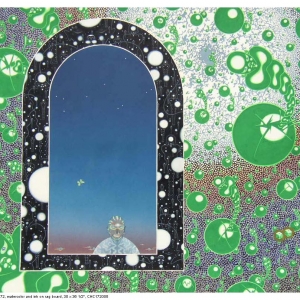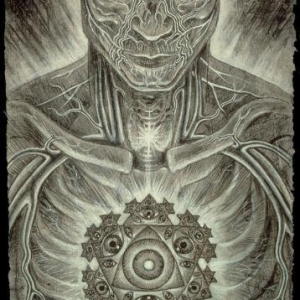LSD: Huxley’s Last Trip charts the powerful historical ramifications—cultural, political, and spiritual—set into motion by Albert Hofmann’s discovery of lysergic acid diethylamide in 1943.
Before LSD jump-started the counterculture movement, it was appropriated for nefarious uses by government agencies such as the CIA, and was ostracized, demonized, and feared. Practically half a century had to pass before the value of LSD as a therapeutic agent in medical and psychiatric settings began to once again gain traction and respect. The panorama of dramatic events initiated by the appearance of LSD encompasses scientific discoveries, murders, CIA classified experiments, festivities, and extraordinary meetings of minds among iconic figures such as Aldous Huxley, Albert Hofmann, and Timothy Leary.
Embodied by three sopranos, LSD–Love, Sex, and Death–embark upon a trip of their own, encountering a diverse cast of characters known for their contributions to science, literature, publishing, intelligence, politics, and entertainment. A chorus functions variously as groups of prisoners, divinity students, reporters, CIA employees, heirs to the Mellon family fortune, and the high-stepping Georgetown Ladies.
The opera will be scored for an orchestra combining Harry Partch’s instruments (tuned with 43 tones to the octave) with Western and non-Western instruments. The listener’s perspective and perception will be affected by the fluid manipulation of tuning systems, contributing to the sonic illustration of events, actions, psychological states, and characters in LSD: Huxley’s Last Trip.
Scenes
Scene 1. Huxley’s Last Trip
Aldous Huxley, in the last hours of his life at his Hollywood Hills home on Nov. 22, 1963, writes a note to his wife Laura asking her to inject him with LSD to ease his suffering. She is astonished to find his friends watching the news report on JFK’s assassination in the adjacent room.
Scene 2. Doors of Perception
Ten years earlier, his friend Dr. Humphrey Osmond, who invented the word ‘psychedelic,’ gives Aldous mescaline. In a subsequent state of heightened perception, he marvels at the flowers on the table, their colors, the folds in his trousers, the books on his shelf, Gesualdo’s music, and notions of time.
Scene 3. DNA
The same year, 1953, Francis Crick and James Watson celebrate their discovery of DNA at the Eagle Pub in Cambridge. The LSD Trio enters the pub with the Helix Dance.
Scene 4. Bicycle Day
Albert Hofmann, a Swiss chemist, discovers and ingests LSD in 1943, personified by the LSD Trio. They accompany him on a fateful bicycle ride from his lab to his home. He collapses and cries out for an antidote. His neighbor, Mrs. R, brings milk.
Scene 5. MK-ULTRA
In 1953, Frank Olson is murdered by the CIA, who frame it as an ‘accident.’ That same year, Allen Dulles and Sid Gottlieb introduce MK-ULTRA, a new CIA program utilizing LSD to control minds. George Hunter White, consultant to CIA, oversees Operation Midnight Climax.
Scene 6. Three Lunches
Albert and Anita Hofmann have lunch with Aldous and Laura Huxley in Zurich. They compare notes on the effects of psychedelics. The LSD Trio, functioning as servers, whisk Aldous Huxley off to the Harvard Club to meet Timothy Leary. The trio soon interrupts their lunch to escort Leary to lunch with Marshall McLuhan at The Plaza in New York.
Scene 7. Mary Meyer
Having acquired LSD from Timothy Leary, Mary intends to share it with her friends, the ‘Georgetown Ladies,’ and with her lover, JFK—all in the pursuit of her idealized notion of attaining world peace.
Scene 8. JFK
Mary and JFK rendezvous in the White House, where she gives him LSD. He hallucinates Jackie Kennedy and Marilyn Monroe, confusing them with Mary Meyer.
Scene 9. Huxley’s Last Trip redux
Laura Huxley injects Aldous with LSD, and sings him ‘into the light.’

